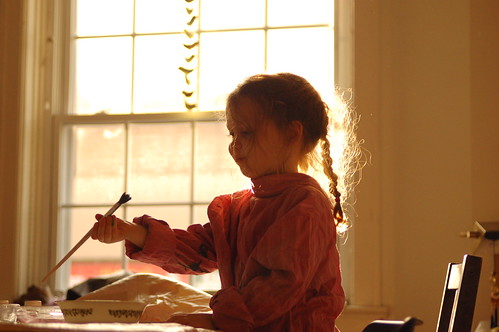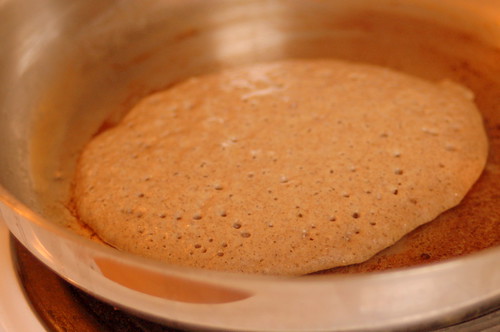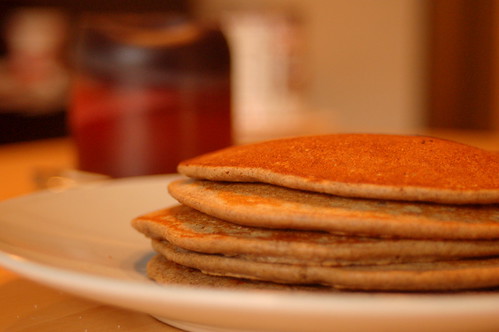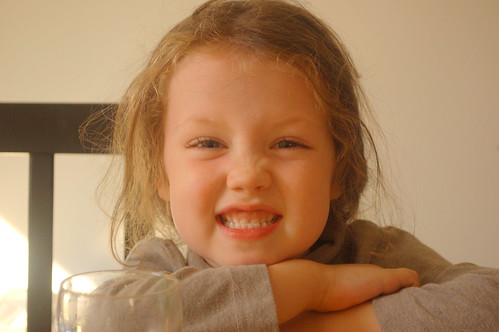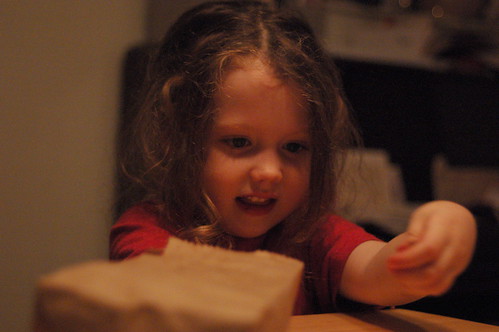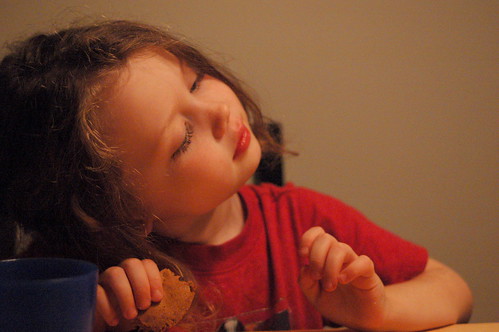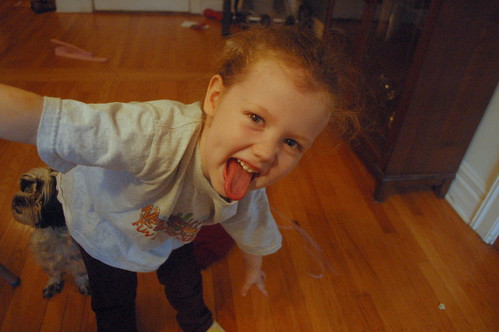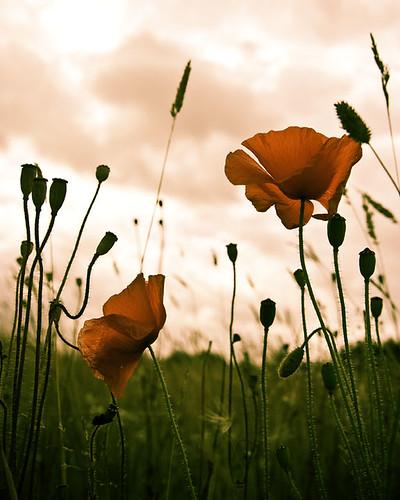Advent 2012: Week 1, Crystals and Stones
The first week of Advent in the Waldorf tradition is dedicated to the kingdom of minerals: crystals and stones. Likewise, our scripture lessons and verses for this week relate to this theme. The overall themes for advent - waiting and preparation, lighting the darkness, peace and the coming Christ-child - are present every week.
***
We light one candle shining bright
Upon this Holy Advent night
Fill Our Hearts with loving might
Lead us to Christmas Day's brilliant light!
Upon this Holy Advent night
Fill Our Hearts with loving might
Lead us to Christmas Day's brilliant light!
- M.T. Shuneman
See my candle burning
With a golden light,
Shining from my window
Out into the night.
I can light a candle,
God can light a star;
Both of them are helpful,
Shining where they are.
- Traditional
- Traditional
Scripture passages
Isaiah 28:16: So this is what the Sovereign LORD says: "See, I lay a stone in Zion, a tested stone, a precious cornerstone for a sure foundation; the one who trusts will never be dismayed.
Matthew 21:42: Jesus said to them, "Have you never read in the Scriptures: " 'The stone the builders rejected has become the capstone; the Lord has done this, and it is marvelous in our eyes' ?
1 Peter 2:4-9 : As you come to him, the living Stone--rejected by men but chosen by God and precious to him--5 you also, like living stones, are being built into a spiritual house to be a holy priesthood, offering spiritual sacrifices acceptable to God through Jesus Christ. 6 For in Scripture it says: "See, I lay a stone in Zion, a chosen and precious cornerstone, and the one who trusts in him will never be put to shame." 7 Now to you who believe, this stone is precious. But to those who do not believe, "The stone the builders rejected has become the capstone, " 8 and, "A stone that causes men to stumble and a rock that makes them fall." They stumble because they disobey the message--which is also what they were destined for. 9 But you are a chosen people, a royal priesthood, a holy nation, a people belonging to God, that you may declare the praises of him who called you out of darkness into his wonderful light.
Sunday evening story
Once upon a time, a tiny mouse asked a dove to tell him the weight of a snowflake.
“The weight of a snowflake is nothing more than nothing,” replied the dove.
“You would think so,” said the mouse, “but let me tell you a story. Last winter, I sat on a branch,
huddled close to the trunk of an evergreen tree, when it began to slow. IT was a gentle snow, and,
since I had nothing better to do, I began counting the snowflakes. One... two... three... on and on
84
they came, until they numbered 3, 567, 655. When the next snowflake dropped to the branch - nothing
more than nothing- the branch broke off.
The dove thought for a moment, and said, “Perhaps like that snowflake it will take just one
person’s voice to bring peace to the world.”
Saturday evening story
The story of young St. Nicholas
A poem
Deep peace I breathe into you, O weariness, here:
O ache, here!
Deep peace of the running wave to you,
Deep peace of the running wave to you,
Deep peace of the flowing air to you,
Deep peace of the quiet earth to you,
Deep peace of the sleeping stones to you!
Deep peace of the Yellow Shepherd to you,
Deep peace of the Wandering Shepherdess to you,
Deep peace of the Flock of Stars to you,
Deep peace from the Son of Peace to you,
Deep peace from the heart of Mary to you,
And from Briget of the Mantle
Deep peace, deep peace!
And with the kindness too of the Haughty Father
Peace!
In the name of the Three who are One,
Peace!
And by the will of the King of the Elements,
Peace! Peace!
abridged from the dominion of dreams : under a dark star - fiona macleod - 1895
abridged from the dominion of dreams : under a dark star - fiona macleod - 1895
***




